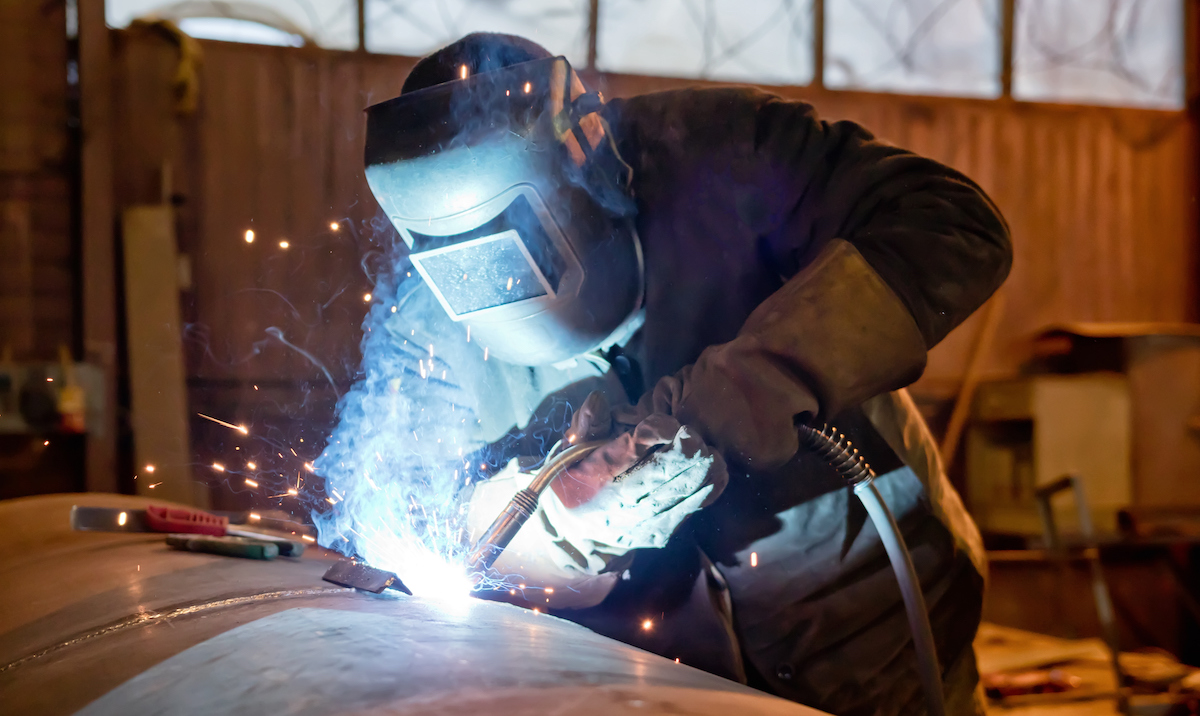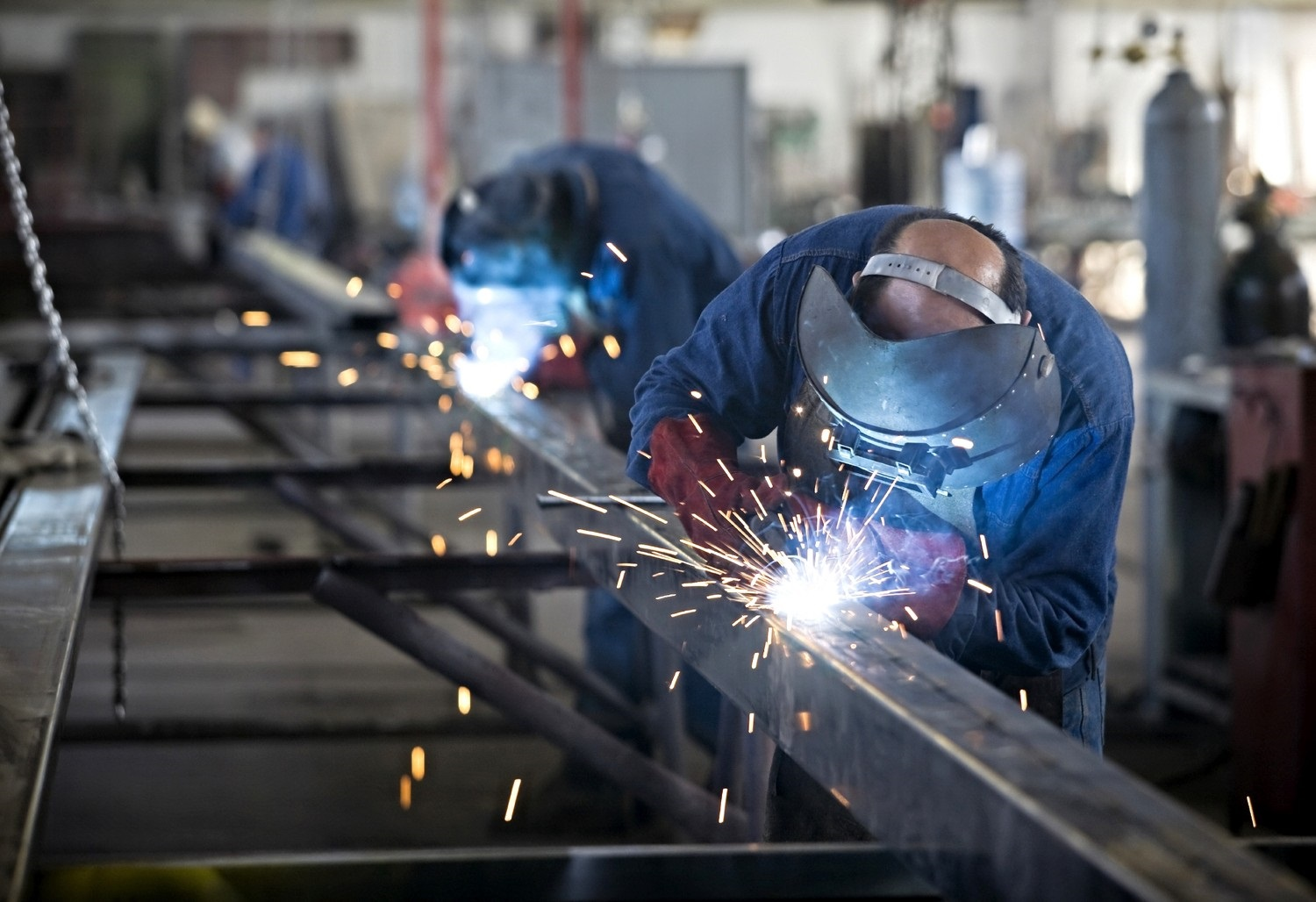Typical Welding Repair Issues and Exactly How to Address Them Properly
Welding repairs frequently encounter a variety of concerns that can jeopardize the integrity of the last item. Typical troubles consist of inadequate penetration, porosity, and misalignment, to name a few. Each defect presents unique difficulties that need specific techniques for resolution. Comprehending these issues is necessary for welders intending to enhance their end results and abilities. This discussion will certainly discover these common welding repair service issues and reliable techniques to resolve them.
Insufficient Penetration
Inadequate infiltration takes place when the weld metal stops working to fully fuse with the base product, resulting in weak joints and prospective structural failings. This issue frequently originates from inadequate heat input, wrong electrode angle, or improper welding rate. Welders may experience inadequate penetration due to a miscalculation of the necessary criteria for a particular material density or type. Additionally, contamination on the base product's surface can prevent efficient bonding, intensifying the problem. To address poor penetration, welders ought to ensure appropriate setups on their equipment and maintain a clean work surface area. Regular assessment of welds is suggested to recognize any kind of deficiencies early, permitting prompt adjustments and the avoidance of jeopardized architectural stability in welded settings up.
Porosity
Porosity is an usual defect in welded joints that materializes as little gas bubbles trapped within the weld steel. This issue can jeopardize the integrity of the weld, leading to reduced toughness and potential failing under anxiety. Montana Mobile Welding and Repair Welding. Porosity usually develops from contamination, wetness, or improper welding techniques, which enable gases to get away into the molten weld pool. To address porosity, welders must assure proper surface prep work, keep a tidy working atmosphere, and make use of appropriate welding criteria. Furthermore, picking the ideal filler product and protecting gas can mitigate gas entrapment. Regular evaluation and screening of welds can assist determine porosity early, guaranteeing timely corrective actions are taken, thereby protecting the high quality and reliability of the welded structure
Misalignment
Imbalance in welding can emerge from different aspects, including inappropriate setup and thermal development. Understanding the source is necessary for reliable resolution. A number of adjustment methods are readily available to straighten parts and ensure architectural honesty.
Sources of Misalignment
Welding imbalance usually comes from a selection of underlying issues that can compromise structural integrity. One key reason is inappropriate fit-up of elements prior to welding, which can result in spaces and uneven surface areas. Variants in thermal growth throughout the welding process can additionally lead to distortion, particularly if the materials being signed up with have various coefficients of growth. In addition, poor fixturing and securing may fall short to hold parts firmly in position, bring about motion throughout welding. Inadequately kept tools, including welding machines and tools, might introduce disparities in the weld bead, further adding to misalignment. Driver mistake, stemming from not enough training or experience, can also play a significant duty in producing misaligned welds.

Adjustment Strategies Available
Resolving imbalance properly calls for a combination of corrective techniques tailored to the certain problems handy. One typical method is the use of fixtures or jigs to hold components in the proper placement throughout welding, making certain constant placement. Additionally, pre-heating the products can assist decrease distortion and boost fit-up. For substantial misalignment, mechanical realignment methods, such as making use of hydraulic jacks or clamps, can be utilized to fix the placement before welding. Post-weld heat treatment may likewise be necessary to ease anxieties brought on by misalignment. Lastly, mindful inspection and change throughout the setup stage can stop imbalance problems from becoming substantial issues, advertising a smoother welding procedure and enhancing overall architectural honesty.
Distortion
Distortion is a typical obstacle in welding that can emerge from various factors, including unequal heating & cooling. Recognizing the sources of distortion is vital for executing effective prevention methods. Addressing this concern not only improves architectural integrity however also improves the general top quality of the weld.
Reasons of Distortion
When based on the intense warm of welding, materials often go through modifications that can lead to distortion. This sensation mostly emerges from thermal expansion and contraction during the welding process. As the weld area warms up, the material increases; upon air conditioning, it contracts, which can create interior stress and anxieties. In enhancement, irregular home heating across a workpiece can exacerbate these stress and anxieties, resulting in bending or bending. The type of product also plays a significant duty; metals with differing thermal conductivity and coefficients of growth may respond in a different way, resulting in uncertain distortions. Poor joint layout and insufficient fixturing can add to imbalance throughout welding, increasing the possibility of distortion. Comprehending these reasons is necessary for reliable welding repair and prevention techniques.
Prevention Techniques
Efficient prevention methods for distortion throughout welding concentrate on regulating warm input and making sure proper joint layout. Keeping a constant warm input assists to decrease thermal growth and contraction, which can cause distortion. Making use of strategies such as preheating the workpiece can additionally minimize the temperature slope, advertising consistent heating. Furthermore, picking ideal joint designs, such as T-joints or lap joints, can enhance stability and lower stress concentrations. Implementing correct fixturing to secure the work surfaces in position better aids in maintaining placement during the welding process. Staggered welding series can disperse warm much more evenly, protecting against local distortion. By applying these approaches, welders can significantly lower the chance of distortion and enhance the overall top quality of their welds.
Fracturing
Splitting is a common concern come across in welding repair services, often arising from various aspects such as incorrect Our site air conditioning rates, product choice, or poor joint prep work. The incident of splits can significantly compromise the stability of the weld, causing prospective failings throughout operation. To resolve this issue, welders should first examine the origin creates, guaranteeing that products work and properly chosen for the specific application. Furthermore, managing the cooling rate during the welding process is vital; quick cooling can induce anxiety and bring about splitting. Proper joint design and prep work additionally add to minimizing the risk. Executing these techniques can boost weld quality and toughness, ultimately reducing the possibility of fracturing in finished weldments.

Incomplete Blend
A considerable issue in welding fixings is incomplete fusion, which occurs when the weld metal does not properly bond with the base product or previous weld passes - Montana Mobile Welding and Repair Welding. This defect can cause weak points in the joint, potentially endangering the stability of the welded structure. Factors adding to incomplete blend include inadequate warm input, improper welding technique, and contamination of the surface areas being signed up with. To address this concern successfully, welders should assure appropriate pre-weld cleaning and surface area preparation, in addition to change their welding criteria to accomplish sufficient penetration and blend. Normal assessment during the welding procedure can additionally aid determine incomplete blend early, enabling timely restorative procedures to improve the total top quality of the weld
Overheating
While welding repairs can boost architectural stability, overheating provides a considerable challenge that can result in product degradation. Excessive heat throughout welding can change the mechanical buildings of metals, leading to reduced strength, increased brittleness, and warping. This phenomenon is especially crucial in high-stress applications where structural integrity is vital. Determining getting too hot can include visual assessments for discoloration or distortion, in addition to checking temperature level throughout the welding process. To mitigate the dangers associated with overheating, welders need to utilize appropriate strategies, such as managing heat input, adjusting travel rate, and using appropriate filler materials. In addition, applying pre- and post-weld heat therapies can help bring back material residential or commercial properties and enhance the overall top quality of the repair service, making sure lasting performance and safety and security.
Regularly Asked Questions
What Are the Usual Indicators of a Welding Problem?

Just How Can I Check My Welds for High quality?
To check welds for high quality, one can use visual examinations, ultrasonic screening, and radiographic methods. Each technique ensures architectural stability, determines defects, and confirms adherence to specified standards, ultimately improving the reliability of the welded joints.
What Safety and security Preventative Measures Should I Take While Welding?
When welding, one must try this site prioritize safety by putting on appropriate individual safety equipment, ensuring correct air flow, safeguarding flammable materials away, keeping a tidy office, and understanding environments to avoid injuries and crashes.
Can I Fix a Weld Without Redesigning the Entire Joint?
Fixing a weld without renovating the whole joint is possible, depending upon the damages (Montana Mobile Welding and Repair Welding). Strategies such as grinding, including filler product, or making use of a welding procedure can effectively resolve details problems while protecting the surrounding structure
What Equipment Are Vital for Effective Welding Repairs?
Important devices for efficient welding repairs consist of a welding equipment, wire brush, mill, safety gear, clamps, and filler products. Each device plays a vital function in ensuring quality and security during the repair process. Porosity normally emerges from contamination, dampness, or incorrect welding methods, which permit gases to run away into the liquified weld pool. Poorly kept tools, including welding machines and devices, might present variances in the weld bead, additional contributing to misalignment. When subjected to the intense heat of welding, visit products typically go through adjustments that can lead to distortion. Splitting is an usual problem experienced in welding repairs, often resulting from different factors such as inappropriate cooling rates, material selection, or insufficient joint preparation. A considerable concern in welding repairs is incomplete combination, which happens when the weld steel does not effectively bond with the base product or previous weld passes.